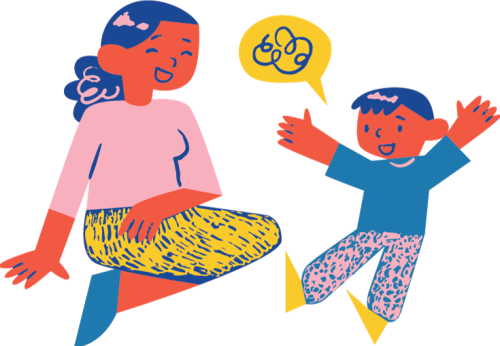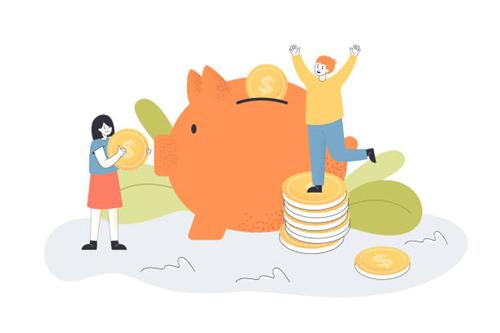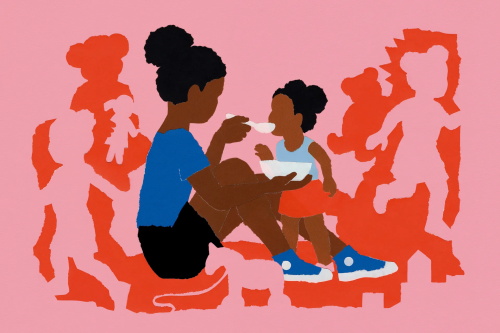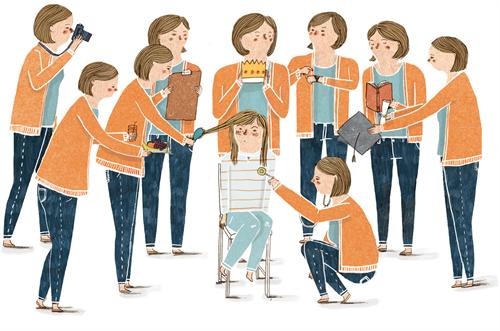AI Tutors vs. Human Teachers: The Future of Education
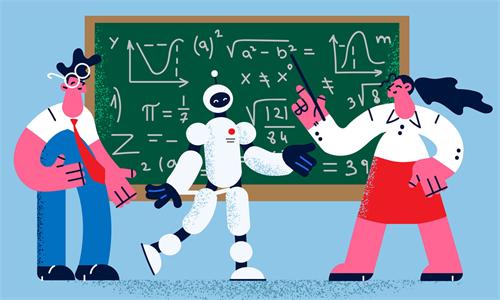
Over the past few decades, the methods of education have gradually evolved—from chalkboards and textbooks to multimedia classrooms. While technology keeps advancing, the way we teach has remained largely unchanged. Most classrooms still follow a “one-size-fits-all” model with standardized materials and pace, making it difficult to cater to students' individual interests, abilities, and learning speeds.
But now, the rapid development of artificial intelligence is quietly shifting this paradigm. AI is no longer just a high-IQ robot from science fiction. It has already started playing a role in online learning, course recommendations, and intelligent assessment. Education is standing at a new turning point—powered by AI.
For the first time in history, we have a real opportunity to realize the age-old dream of personalized education through technology. Students can now learn at their own pace, follow their interests, and build on their strengths—this is the core vision of personalized learning.
The Rise of AI Tutors
Every student is different—some enjoy thinking abstractly, others prefer hands-on learning; some thrive on fast-paced challenges, while others need more time to build a strong foundation. Traditional teaching struggles to accommodate this diversity in a classroom with dozens of students. But with AI, the idea of tailored learning is becoming a reality.
AI can analyze behavioral data such as quiz records, study time, and error patterns to accurately assess each student's learning state. For example, if a student consistently makes mistakes on algebra problems, the system can automatically flag this as a weak area and recommend targeted exercises and explanations. This real-time feedback and adjustment significantly improve both the efficiency and effectiveness of learning.
More advanced AI systems can even serve as a personal tutor: after a student submits an assignment, the AI can immediately point out errors and provide step-by-step explanations. Some systems can interact with students using natural language—like a 24/7 tutor that never gets tired.
AI is also making strides in emotional recognition. Certain systems can assess a student’s mood based on vocal tone or facial expressions—detecting signs of distraction or low motivation. If a student is struggling emotionally, the system can adapt the difficulty level or introduce interactive games to help rekindle interest.
What AI Still Can’t Do
Despite its impressive capabilities, AI still falls short in areas where human teachers excel. A study by the Harvard Graduate School of Education found that students who rely too heavily on intelligent systems experience a 22% drop in creative thinking skills. That’s no small number.
Education is not just about transferring knowledge; it's also about emotional connection and human interaction. A teacher’s encouraging look or heartfelt praise can spark a lifelong interest in a subject—something a machine simply cannot replicate.
AI can deliver information, but it lacks the ability to convey humor, impart values, or guide students through complex social issues. In interacting with teachers and classmates, students don’t just gain knowledge—they learn how to be human. If they spend too much time with AI tutors alone, their emotional development may suffer, and they may lose the ability to empathize or understand others.
AI + Human Teachers: Complementary, Not Competing
Rather than asking, “Will AI replace teachers?”, the better question is, “How can AI and teachers work together more effectively?”
The answer lies in the “dual-teacher model.” Many schools are already experimenting with this approach. AI handles the repetitive tasks—grading assignments, analyzing data, answering basic questions—freeing up teachers to focus on creative, student-centered instruction. In this model, human teachers lead thought-provoking classes and encourage students to question, discuss, and reflect. Studies show that this kind of collaboration can increase students’ questioning ability by 37%.
Hong Kong offers a great example of this in practice. They’ve developed an AI tutor named “Xiao Zhi” that’s available 24/7 to answer students’ questions. Meanwhile, in-person teachers focus on project-based learning, guiding students to apply knowledge through real-world challenges and teamwork. This blend of virtual and physical teaching maximizes the strengths of both AI and human educators, providing students with a richer, more balanced learning experience.
Policy Needs to Catch Up
The rise of AI in classrooms also raises new concerns. For example: Do students know whether the content they're receiving is AI-generated? Can they trust it? The European Union is already preparing legislation requiring AI education systems to clearly label machine-generated content. This is more than a minor detail—it’s a necessary safeguard. Because while AI content may appear logical and well-organized, it can sometimes lack depth, nuance, or critical perspective. Students who accept it uncritically may end up with a distorted understanding or weakened judgment.
AI is already making a mark in education. It can help students learn more efficiently and allow teachers to teach more effectively. But AI is not a silver bullet—and it shouldn’t be used in isolation.
The most likely vision for the future of education is human-AI collaboration. AI becomes the teacher’s “second brain” and invisible assistant, while human teachers remain the irreplaceable mentors who guide, inspire, and care for students on their educational journey. What we need is not to reject new technology, nor blindly worship it, but to make it serve us—and to ensure that education retains its humanity.
Recommended for you:
